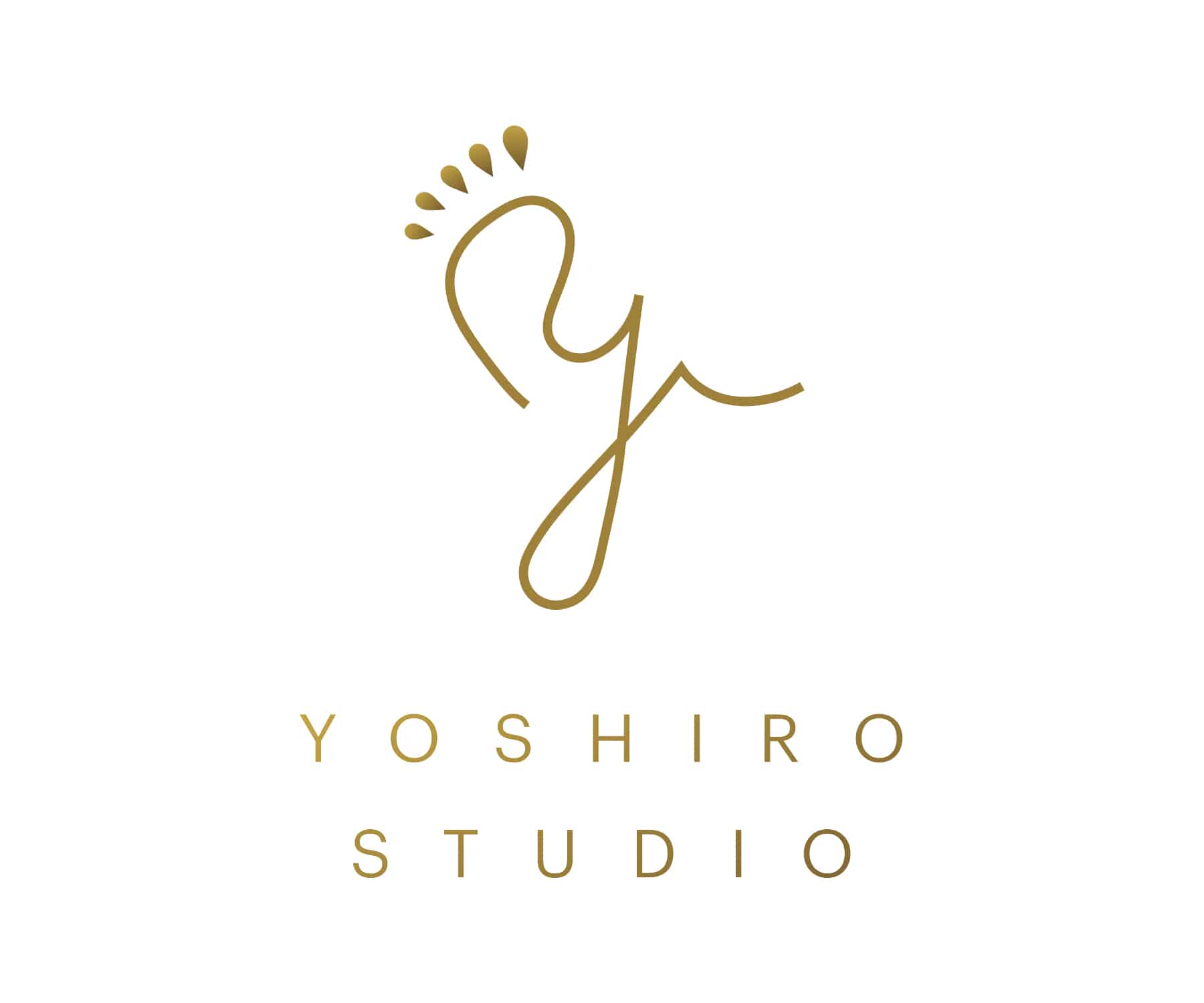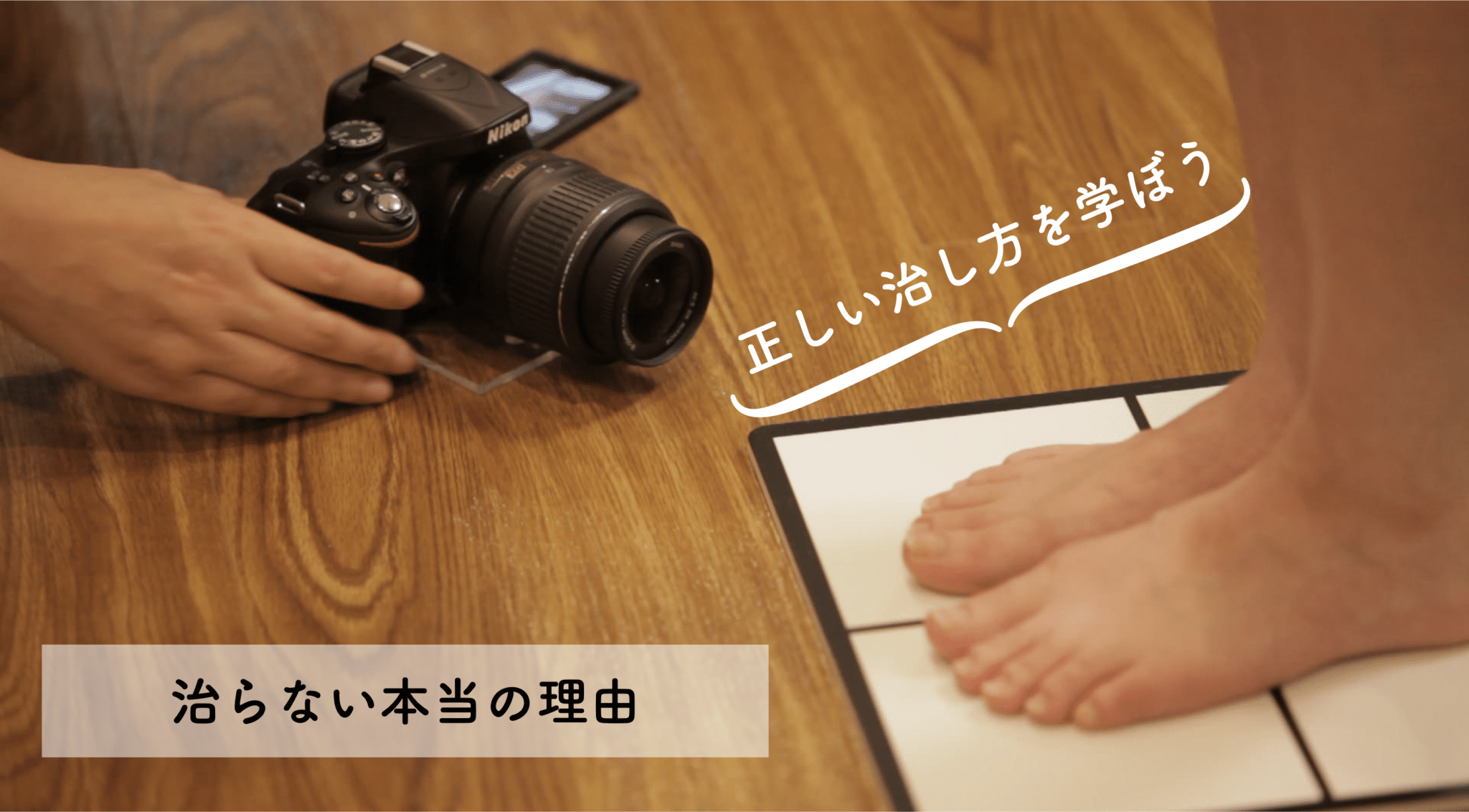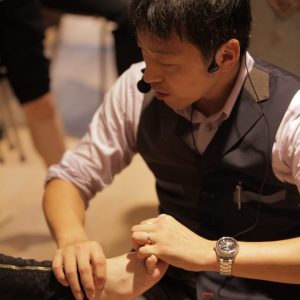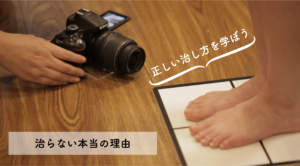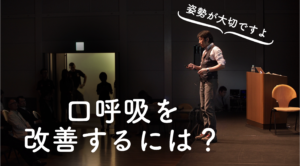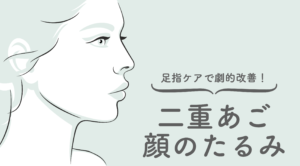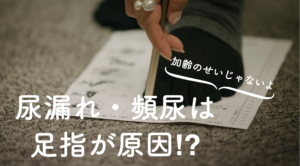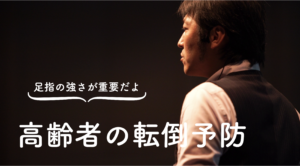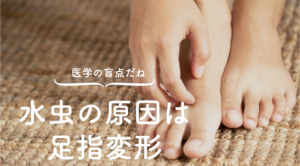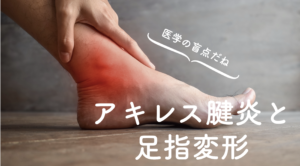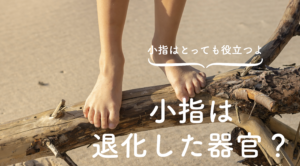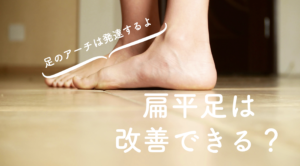Commentary by a toe doctor
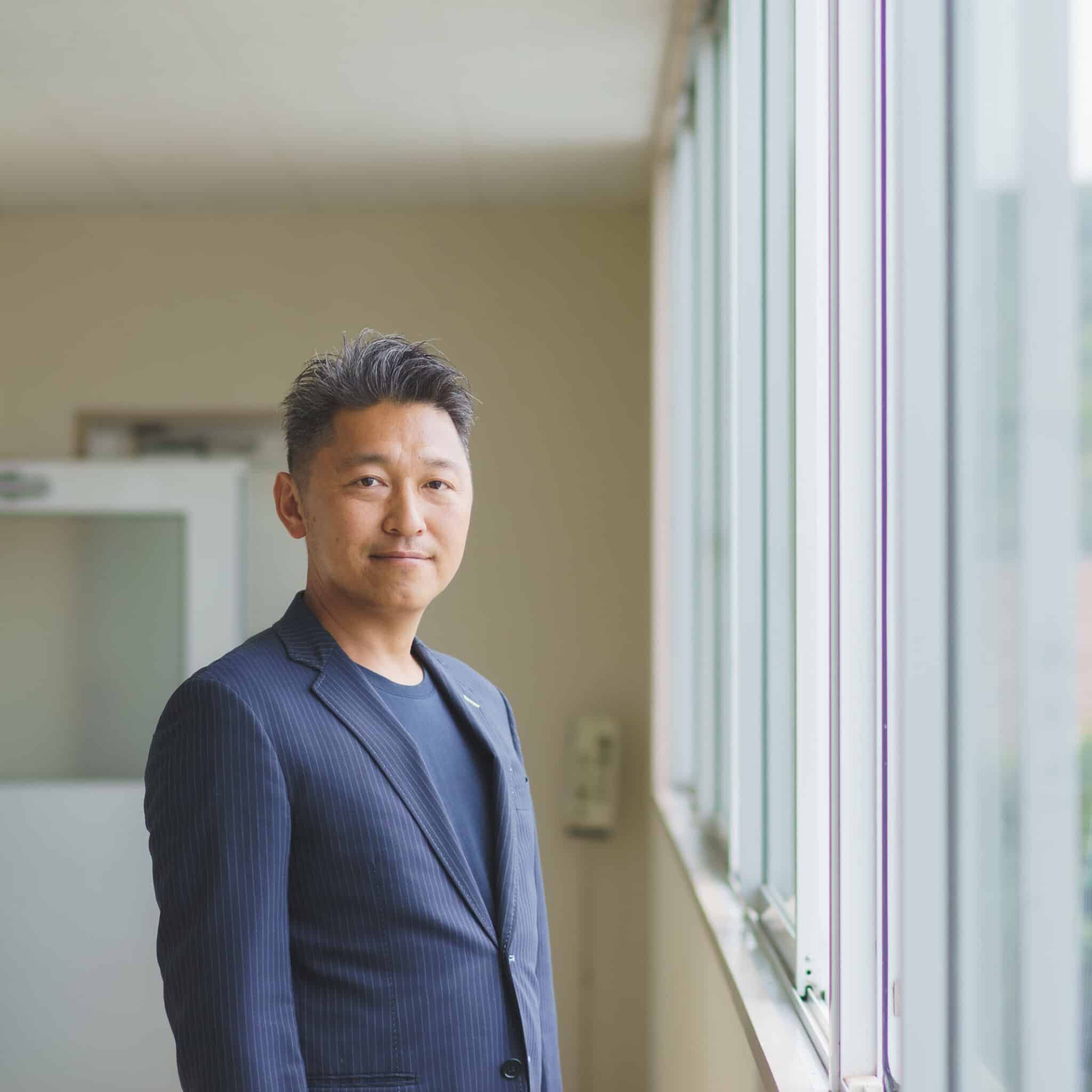
YOSHIRO YUASA
Keiro Yuasa
Dr. Toe, Director of Toe Research Institute, President of Japanese Society of Functional Foot and Toe Therapy, and developer of Halmek shoes. Former director, vice president, and medical director of General Hospital. He specializes in exercise physiology and anatomy. He is also a foot and shoe specialist and a leading expert in postural occlusion therapy. He has cured various orthopedic diseases (over 70,000 people) with toe therapy alone.
Treatment in hospitals and clinics is "stopgap"
Keep going to the hospital = not cured at the point of repeated visits.
How many of you have been to hospitals and clinics for treatment of your knees and back? Many people come to me because they have been to hospitals, orthopedic clinics, massage clinics, and acupuncture clinics, but they have not been able to get rid of their pain. They say, "My back pain won't go away," or "My knee hurts so much I can't walk anymore." Most of the patients complain of physical pain. Some have been going to hospitals and clinics for as long as 3 years, and some for as long as 20 years.
Many have visited hospitals, orthopedics, osteopathic clinics, osteopathic massage, myofascial release, acupuncture and moxibustion clinics, chiropractic care, and other facilities, and have tried almost every treatment available. And yet, they say, "I am not getting better at all.
I would think that would be the case." Because rehabilitation, massage, myofascial release, acupuncture, chiropractic, and stretching are all not treatments that can take away pain. That is not to say that they are totally ineffective. You may feel a certain amount of pain relief during and immediately after the treatment. However, all of them are, for lack of a better word, "stopgap measures.
For a short time, the pain may seem to improve, but it soon returns to its original state. Still, some people like the rehabilitation and the effects of the treatment so much that they keep coming back for years. They say, "I finally found a good hospital/treatment center! But I secretly think to myself, "No, I can't say I'm 'cured' when I keep going back to the hospital and treatment center.
From my point of view, it seems to me that the practitioners are trying to make the patients believe that they will feel better if they come here, whether or not they know that it will not solve the root cause of the problem. The reason why pain does not improve or resolve after repeated rehabilitation or treatment is because the cause of the pain has not been identified.
99% of hospitals and clinics have not identified the cause of the pain
The "location of the pain" and the "location of the cause of the pain" are two very different things.
The reason why it cannot be identified is that in most cases, such as back pain, knee pain, and stiff shoulders, the location of the pain does not coincide with the location of the cause of the pain. If the pain is caused by trauma such as a cut or fracture, or by internal organ pain such as stomach or abdominal pain, it is simple and easy to understand because the place of pain = the place where the cause of pain is located.
In comparison, back pain, knee pain, and stiff shoulders are caused by completely different places of pain. Even if that pain is diagnosed as "knee osteoarthritis," "herniated disc," or "spinal canal stenosis. Many people would assume that if the pain is in the knee, it is caused by the knee, and if the pain is in the lower back, it is caused by the lower back. Certainly, if the cartilage in the knee is worn away, one might think that is the problem and that is causing the pain in the knee, but this is not actually the case.
Misalignment or trapped sacroiliac and lumbosacral joints cause pain
In a nutshell, a misalignment of a joint causes a problem within the joint, which then travels through the periosteum and appears as pain at another location. This is also called "associated pain" or "radiating pain. Each joint has its own "correct position. When each joint is in the correct position, the body moves smoothly and pain does not occur. This is also called the neutral position. However, posture, lifestyle, and minor movements can cause the joints to move out of the correct position, and this misalignment can become normalized.
This causes misalignment or pinching in joints that are supposed to move in a fluffy manner, which in turn causes back pain, knee pain, stiff shoulders, etc. Furthermore, pain travels through the periosteum and appears in various places. Moreover, pain travels through the periosteum and appears in various places, causing a phenomenon in which "the place of pain" and "the place where the cause of pain is located" are different. The joints referred to here are the "sacroiliac" and "lumbosacral" joints, not the knee or hip joints. Unfortunately, most physicians, physical therapists, judo therapists, acupuncturists, and even healers do not know these pain mechanisms. Therefore, they are unable to pinpoint the location of the cause of the pain, and end up spending money and time unnecessarily on treatment.
In Japan, joint therapy was established in the 1950s.
Such mechanisms were established in 1927 as Arthrokinematics. In Japan, kinematics of the sacroiliac joint was performed on 1,020 patients (diagnosed at other hospitals as lumbar sprain, sciatica, lumbar spondylolysis, gliosis, osteoarthritis, herniated disc, etc.) during a one-year period in 1982. Of those patients, 851 TP3T or 874 patients were diagnosed with sacroiliac joint dysfunction. The number of patients who had a significant response or improvement with sacroiliac joint treatment was 921 TP3T. In most cases, the pain disappeared or was alleviated only by treatment of the sacroiliac joints. In other words, the location of the pain and the cause of the pain were different results. In addition, the pain was exacerbated when traction and back pain exercises were performed on the patients, which makes one question the rehabilitation performed by modern medicine.
What is really good treatment?
So what does a really good rehabilitation or treatment look like? I believe that it is a treatment that approaches the cause of the pain and eliminates it immediately, and that does not "keep coming back" for immediate relief. Even if the pain cannot be eliminated immediately, it should disappear within at least two to three months. I was one of the first to focus on the cause of pain, which is dysfunction within the joints, and have used it in patient treatment, which has yielded various results over the past 15 years. One of the most important keys is the small joint called the "lumbosacral joint," which is located between the lower back and pelvis. By adjusting the "sacroiliac joints" and "lumbosacral joints" and various other joints, misalignments and tugging in the joints are removed, the joints return to their original positions, and not only does the pain disappear, but the joints can be moved smoothly.
When you think of joint adjustments, you may think of chiropractic-like procedures that jar the bones, but I do not do any such thing. I do not do that. Instead, I place my hands on the joints over clothing and gently move them to restore the joints to their original state. The joints are returned to their proper state of motion by taking the correct path. I am often surprised to find that patients are not sure if I am treating them or not, or that it feels like I am just touching them, but when they sit up after the treatment, the pain is gone, or they can sit up straight again. Many of the patients who come to see me are elderly people in their 80s or older. Last year, I treated a 92-year-old woman who complained of pain so severe that she had trouble walking before the treatment. When she stood up after the treatment, she was surprised and said, "Hey, it doesn't hurt at all anymore. The woman then left, forgetting her cane.
Less than 0.0021 TP3T for doctors and physiotherapists to treat joints.
The reason why I am able to provide such treatment is because I am a nationally certified physical therapist and have had the unique experience of receiving one-on-one instruction from a doctor (a supervising doctor of joint therapy) who is an expert in pain relief. Only less than 0.002% of Japanese physiotherapists, including myself, are able to provide this treatment. I believe that most physical therapists focus on joint range of motion training, muscle strengthening, and balance training. When I first became a physical therapist, I also performed such rehabilitation, but the patients did not improve at all, and rehabilitation was mainly aimed at maintaining the status quo.
However, after coming across arthroscopic treatment, I was surprised and moved to see rheumatoid arthritis patients, whose joints had been destroyed and who were suffering from pain, have their pain disappear through the doctor's techniques and are now able to live their days in good health. I was surprised and moved to see the patients' pain disappear and they began to live their days in good health. I was so impressed and moved that I was moved to think that I would like to be of help to patients suffering from pain.
Toes were the cause of the sacroiliac joint problems.
I was providing such treatment, but I noticed that some people repeatedly relapse with only sacroiliac joint treatment. Was my treatment technique not good enough? I once thought that this was not the case. At the same time, I was beginning research on toes. The foundation of our body is our feet. If the foundation that supports our heavy weight is unstable, our upper body will be out of balance.
The role of the toes, on which the full weight of the foot rests, is particularly important.If your toes are not straight, your entire body will become wobbly and lose stability. Think about when you stand on your head. What does your hand look like? The fingers are extended and the palms are spread wide. This is how you keep your balance. If even one finger of your hand is lifted or bent, you will immediately lose your balance and fall.
The same can be said for the standing foot. If the toes are deformed, floating, or bent, the body's balance will be unstable, and it will be difficult to stand up straight with good posture. The body's center of gravity will also be shifted, making it easier to fall. Try walking with all your toes bent over. It will be difficult to keep your body balanced and you will have to bend your knees and hips to move forward.
All of the patients I have seen had deformed toes, although to varying degrees.
Distortion of the body comes from distortion of the toes.If the toes are deformed and cannot be used properly, the ankles and knees are stressed, which leads to distortion of the entire body. This distortion of the body was the cause of the "sacroiliac joint" and "lumbosacral joint" becoming bad. In order to have a healthy body that can walk on its own feet for the rest of its life, it is important to stabilize the body's foundation by expanding and stretching the toes. By incorporating toe therapy, the number of patients who suffer from recurrence has decreased dramatically. In fact, the sacroiliac joint no longer needed treatment, and I realized something.
Your body can heal itself, or rather, only you can heal your body. Don't treat only the bad part, but suspect a completely different place than where the pain is coming from. First, observe your toes. Are your toes straight and spread out between them?
Have you been telling yourself that "pain is a recurring problem" because you have seen the "once-treated-it-reverts-back" problem in hospitals and other places time and again? Let's learn how to heal properly without rebounding at the School of Foot and Ankle.
